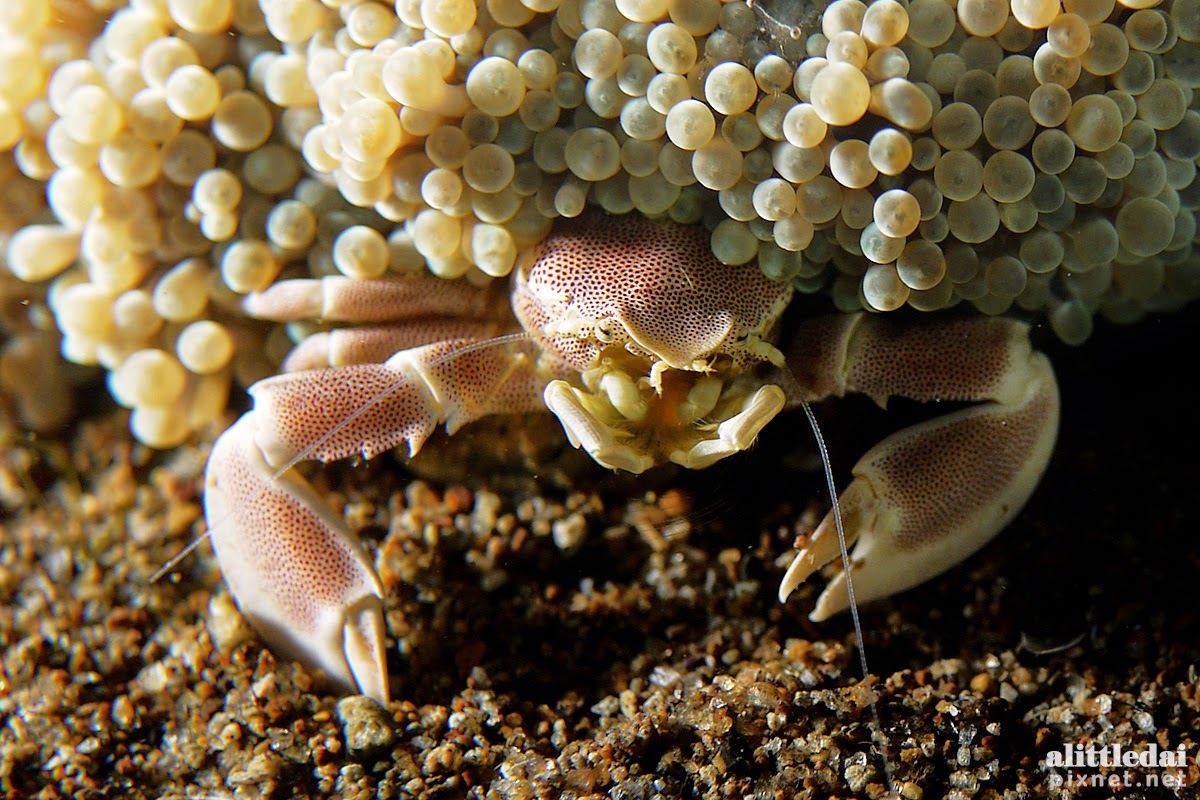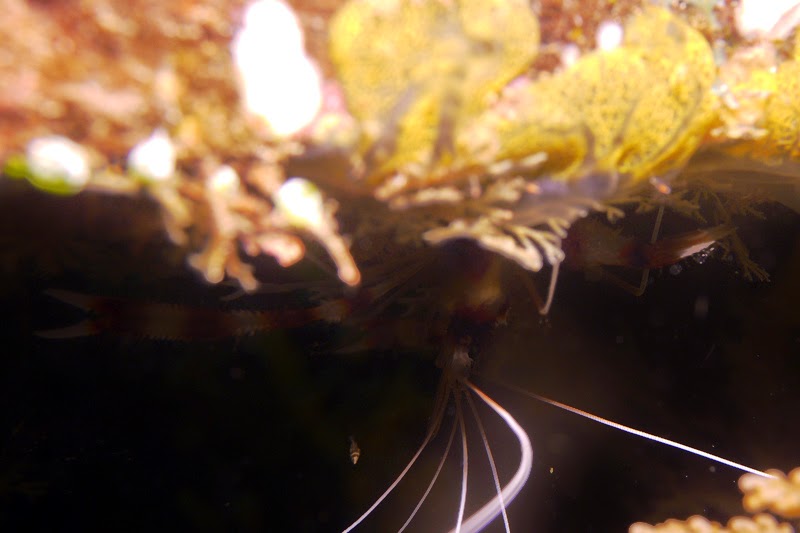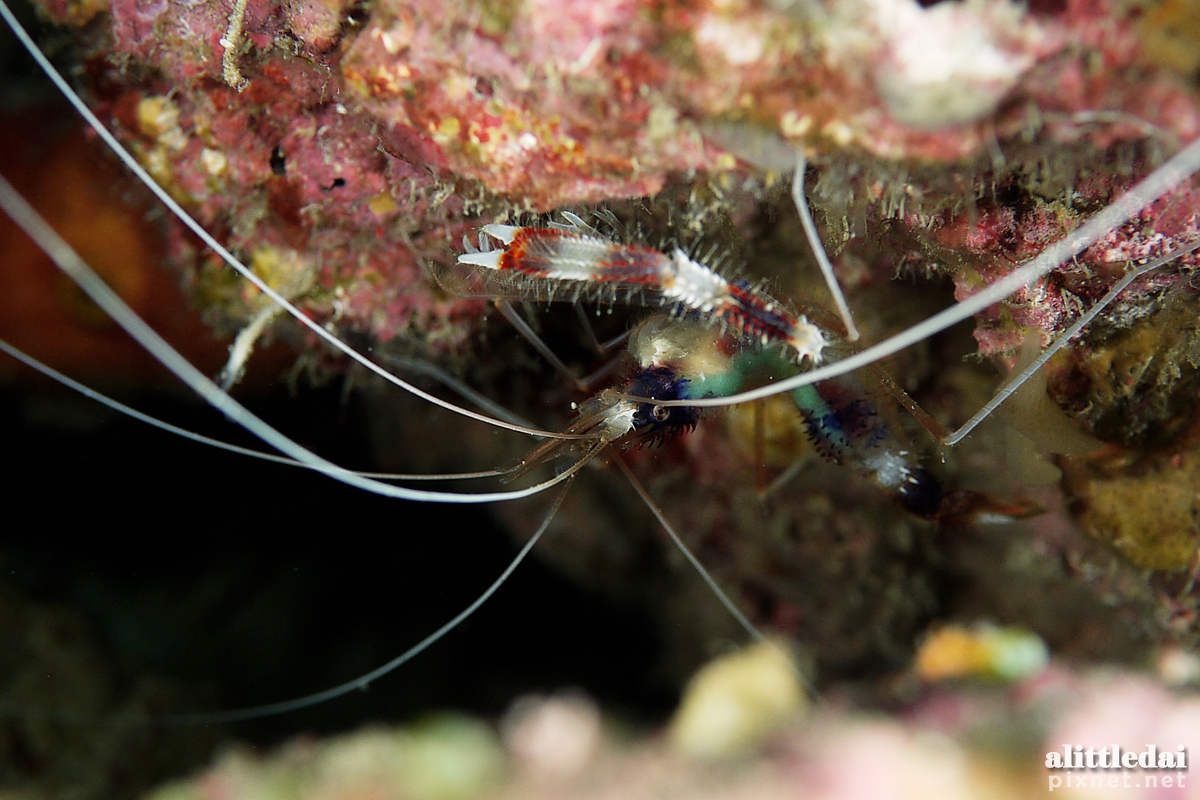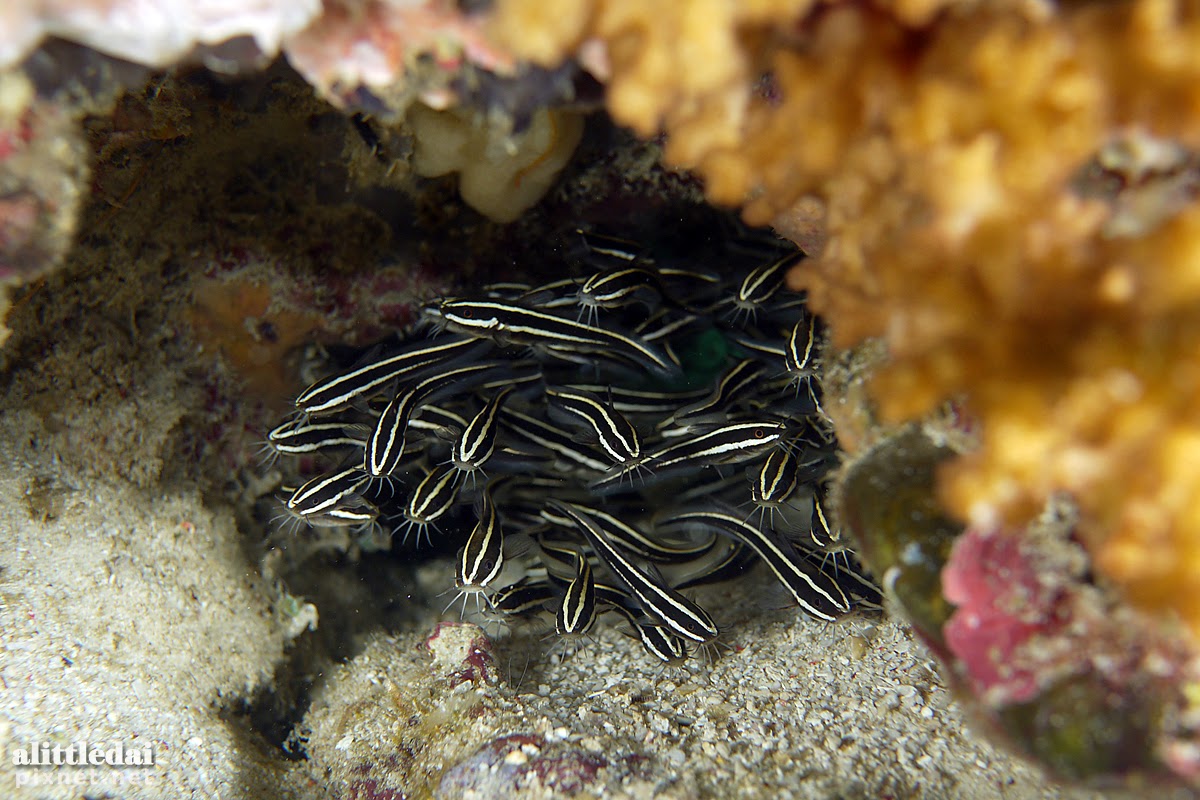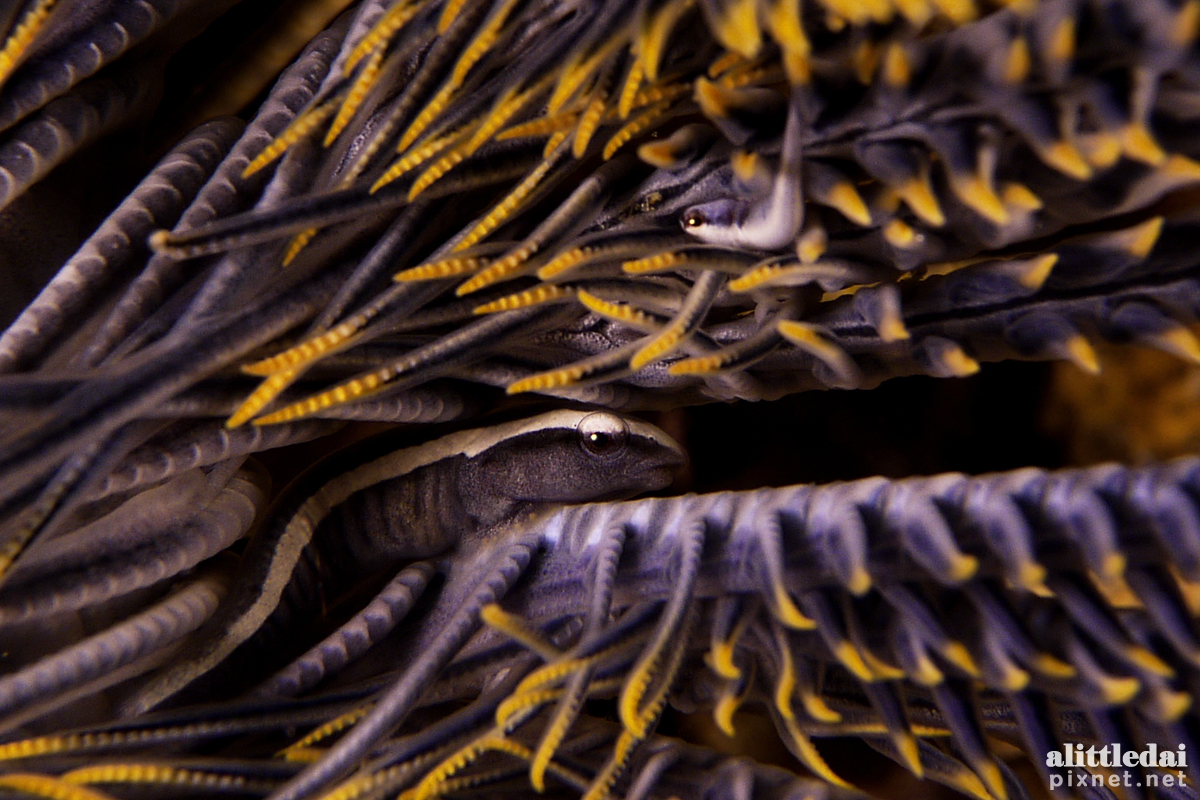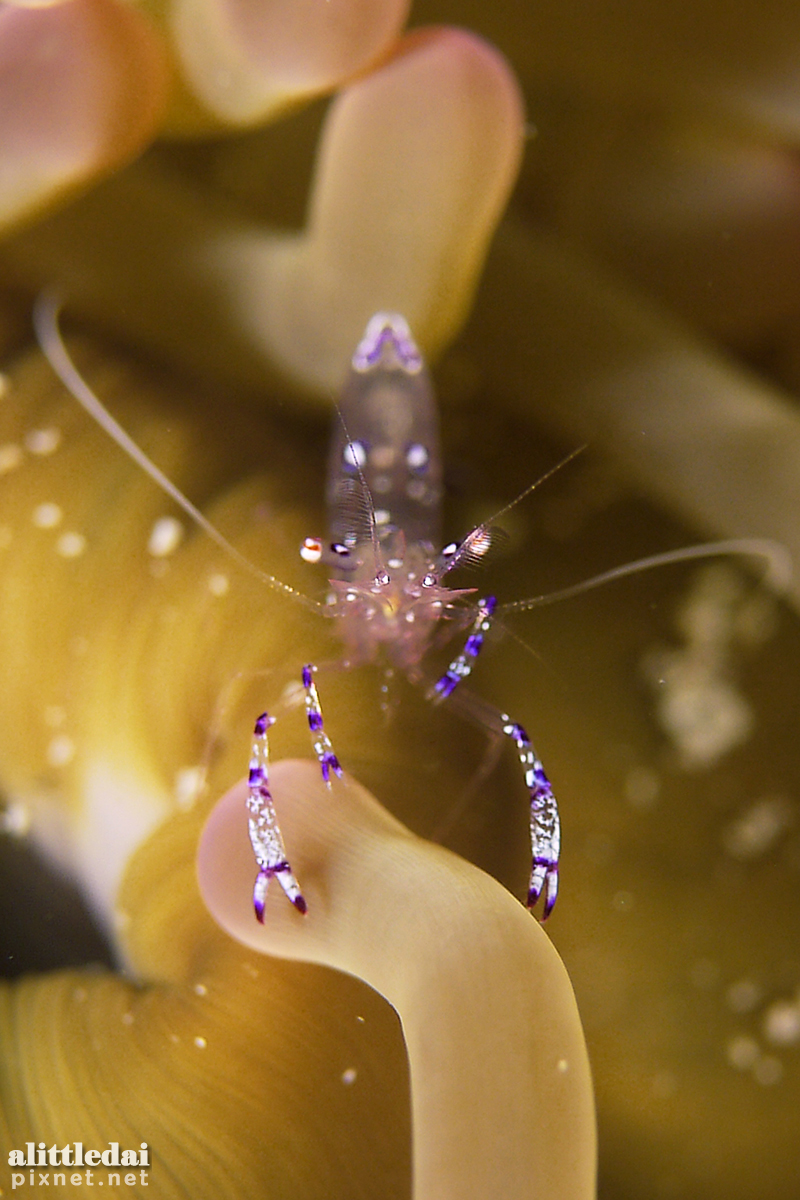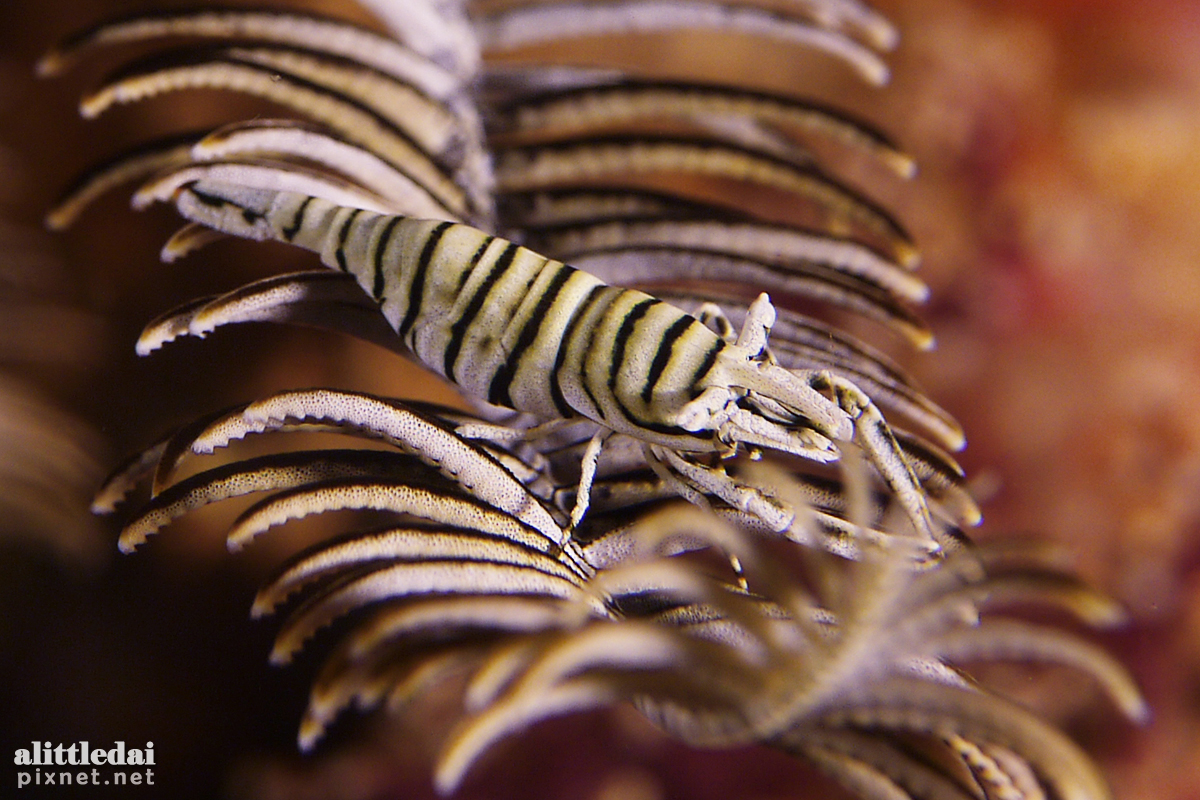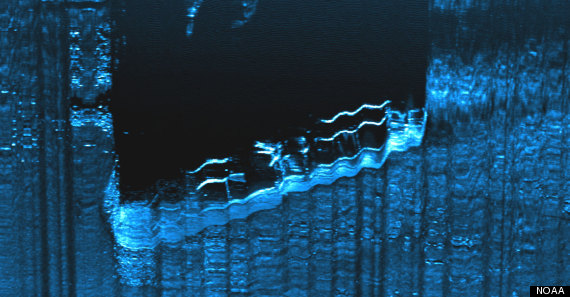Never agree to write a turtle’s biography. You will, at one crucial point, run out of material.
Every sea turtle begins life in the same way. It hatches within its buried nest, forces its way to the surface, and sprints towards the water past a gauntlet of crabs, birds and other predators. Many die, but they emerge in such numbers that there are plenty of survivors. They dive beneath the waves… and disappear.
By the time Atlantic loggerhead turtles start showing up in coastal waters again, they’ve grown from palm-sized infants into large animals whose shells are a couple of feet long. They must have been away for several years, but their movements are secrets withheld by the vastness of the ocean. We know the beaches that the baby turtles hatch from and many of the sites where adults go to feed and breed, but their biographies are missing the all-important childhood chapters.
“It is easy to walk along a beach, counting nesting females or successful hatchlings,†says Katherine Mansfield from the University of Central Florida, who has studied turtles for over 20 years. “It is much harder to survey an entire ocean basin.â€
Mansfield doesn’t have to. By fitting 17 newborn loggerheads with tiny satellite tags, she has tracked their movements and made a clear map of their so-called “lost yearsâ€.
Her team took a long time to perfect the tags, and tested them extensively in the lab to make sure that they would not interfere with the tiny babies. They couldn’t be too heavy, so the team used solar panels rather than clunky batteries. They couldn’t be too buoyant either. And most importantly, they had to stick for as long as possible. When the team used glue, the turtles’ shells grow so quickly that the tags all fell off within few weeks.
“We realized that the turtles’ shells are made of keratin—the same thing as human fingernails,†says Mansfield. “So, we contacted my collaborator’s manicurist and she suggested using an acrylic base coat to seal the shell from peeling.†Her idea worked. The tags finally stuck.
The team released the turtles off the south-east coast of Florida, and the tags tracked their movements for anywhere from 27 to 220 days.
 At first, the babies all followed the Gulf Stream, the warm current that flows from the tip of Florida, past the eastern seaboard of the US, and across the Atlantic Ocean. They hugged the edge of the continent at first, but once they got past North Carolina, they left these predator-rich waters and headed eastwards into more open waters. In just seven months, one of them swam as far as the Azores—more than 3,000 miles away—before its tag finally came off.
At first, the babies all followed the Gulf Stream, the warm current that flows from the tip of Florida, past the eastern seaboard of the US, and across the Atlantic Ocean. They hugged the edge of the continent at first, but once they got past North Carolina, they left these predator-rich waters and headed eastwards into more open waters. In just seven months, one of them swam as far as the Azores—more than 3,000 miles away—before its tag finally came off.
Some of this fits with what scientists had guessed, based on circumstantial evidence. Loggerheads that hatch in Florida clearly head north-east, since loggerheads in the eastern Atlantic are genetically linked to those that nest in the west, and also bigger.
Mansfield’s data also offered a few surprises. Most people assumed that the turtles stay within the North Atlantic Gyre—a set of powerful currents that circle clockwise around the Atlantic, and that include the Gulf Stream. That’s mostly right, but the turtles weren’t carving a fast or straight path across the Atlantic. Overall, they headed in the right direction, but they also spent a lot of time going in local circles. Some of these deviations took them out of the Gyre altogether, into the Sargasso Sea—an area in the middle of the Atlantic rich in floating Sargassum seaweed.
“The basic overall pattern of movement is similar to what has been proposed previously, but there is considerable variation in the individual paths that different turtles take,†says Ken Lohmann at the University of North Carolina, who studies the magnetic senses of turtles.
“The findings are consistent with recent models suggesting that young turtles are active navigators and do not simply drift passively with the currents,†he added. “They also support the idea that turtles use regional magnetic fields as open-ocean navigational markers, and correct their headings when they are in danger of swimming too far north or south.â€
Mansfield also suggests that the turtles might have encountered a floating habitat, like Sargassum, and just stayed with it until they ended up in the Sargasso Sea. Sargassum is a good habitat for a baby turtle. Its brown fronds, branches and floats provide shelter from predators. They also absorb a lot of sunlight, warming the local water by six degrees over the surrounding ocean. Turtles are cold-blooded and could grow faster in warmer waters, reaching sexual maturity at an earlier age and outgrowing potential predators.
The turtles also spent most of their time near the ocean surface—another trait that would help to keep them warm. Water is water to us. To a turtle, the seaweed-filled surface waters are the equivalent of luxury accommodation.
Mansfield now wants to study the lost years of other turtle species, including those from other oceans with different currents and scarce Sargassum. “There are so many questions that still need answering,†she says.
Reference: Mansfield, Wyneken, Porter & Luo. 2014. First satellite tracks of neonate sea turtles redefine the ‘lost years’ oceanic niche. http://dx.doi.org/10.1098/rspb.2013.3039




